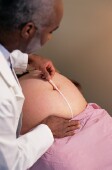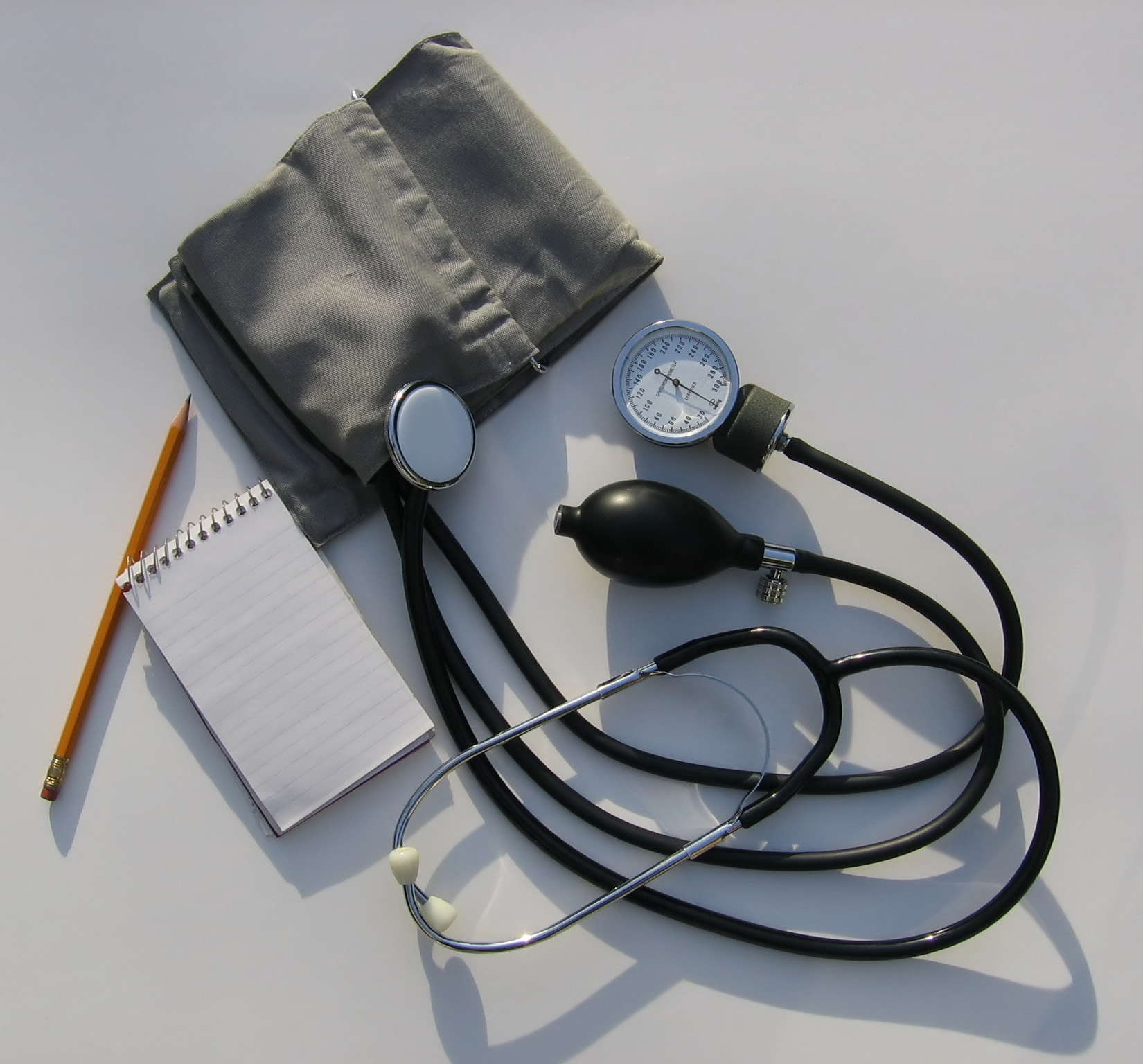
MONDAY, Sept. 13 (HealthDay News) — Women can be vulnerable to sudden, sometimes dangerous spikes in blood pressure during pregnancy, part of a condition called preeclampsia. And now scientists say they’ve developed a high-tech method to predict which women are most prone to preeclampsia in late pregnancy — long before symptoms arise.
The approach relies on so-called “metabolic profiling” to track telltale metabolites found in blood plasma. The researchers say these changes could be key indicators for preeclampsia risk.
In all, 14 such metabolite targets were identified for monitoring during the early stages of pregnancy, an international team of researchers reported in the October issue of Hypertension.
While more study is needed, this panel of biomarkers can serve as an accurate guide to whether moms-to-be run a significant risk for developing the condition late in their pregnancy, the researchers said.
“Everything we know about this condition suggests women do not become sick and present with preeclampsia until late in pregnancy, but the condition originates in early pregnancy,” study lead author Dr. Louise C. Kenny, a professor of obstetrics and gynecology at the Anu Research Center, University College Cork, in Cork, Ireland, said in an American Heart Association news release. “To develop effective treatment and prevention strategies — our ultimate goal — we need to be able to start treatment in early pregnancy. We need to be able to tell who is at risk and who is not.”
Preeclampsia, a potentially life-threatening condition, is characterized by high blood pressure as well as high amounts of protein found in the mother’s urine.
The condition “affects 5 percent of pregnancies and is one of the leading causes of maternal death worldwide. It is a serious pregnancy associated syndrome which causes the mother’s blood pressure to elevate and may even cause seizures,” said Dr. Jenifer Wu, an obstetrician-gynecologist at Lenox Hill Hospital, New York City. “The only known treatment is delivery. Due to the danger to the mother, some of the pregnancies may be delivered early. This premature delivery then leads to significant morbidity and mortality risks for the fetus,” said Wu, who was not involved in the new research.
Although not completely understood, the problem appears to stem from a defect in placental development that occurs early in pregnancy but typically remains undetectable until the second half of gestation.
Spotting those women at highest risk for preeclampsia early in pregnancy would be useful, of course. Looking for a viable screening tool, Kenny and her colleagues focused on about 7,000 women who were participating in an international study of first-time pregnancies.
The authors first tested their panel of biomarkers by examining 60 of these women, all of whom were healthy, first-time mothers presumed to be at low risk for preeclampsia, who developed the condition later in pregnancy. The women — mostly white New Zealanders averaging 30 years of age — had blood screening at 15 weeks after conception. All were later found to have the 14 telltale metabolic biomarkers in the blood samples taken in early pregnancy. (These women were matched for age, ethnicity and body mass index with a control group of women who had had uncomplicated pregnancies.)
The team then tested their metabolite diagnostic method among another group of women in Australia, who were slightly younger and more ethnically diverse. Women who developed preeclampsia were also matched with a control group of 40 women with healthy pregnancies. Of the women who developed preeclampsia, 39 were found to have had the same 14 metabolites.
Wu applauded the new research. “With this knowledge, better surveillance and more interventions may help improve outcomes for the mother and baby,” she said.
Dr. Arun Jeyabalan, an assistant professor in the department of obstetrics, gynecology and reproductive sciences at Magee Women’s Hospital at the University of Pittsburgh, agreed that “there’s definitely value in being able to predict preeclampsia early.”
But she cautioned that the research is still in its early days. “I hope this will be tested in other populations to confirm that it’s generalizable,” Jeyabalan said.
“What I find particularly interesting with these kinds of biomarker studies is that they may, in fact, ultimately shed light on what actually causes preeclampsia, and hopefully eventually give us some information on treatments for preeclampsia. That’s where this would be most valuable,” she said.
In the meantime, work is progressing.
“In the next five years our aim is to develop a simple blood test that will be available to all pregnant women that will detect the risk of preeclampsia in early pregnancy,” study co-author Dr. Phil Baker, dean of medicine and dentistry at the University of Alberta, Canada, said in the news release.
More information
Find out more about preeclampsia at the Preeclampsia Foundation.

